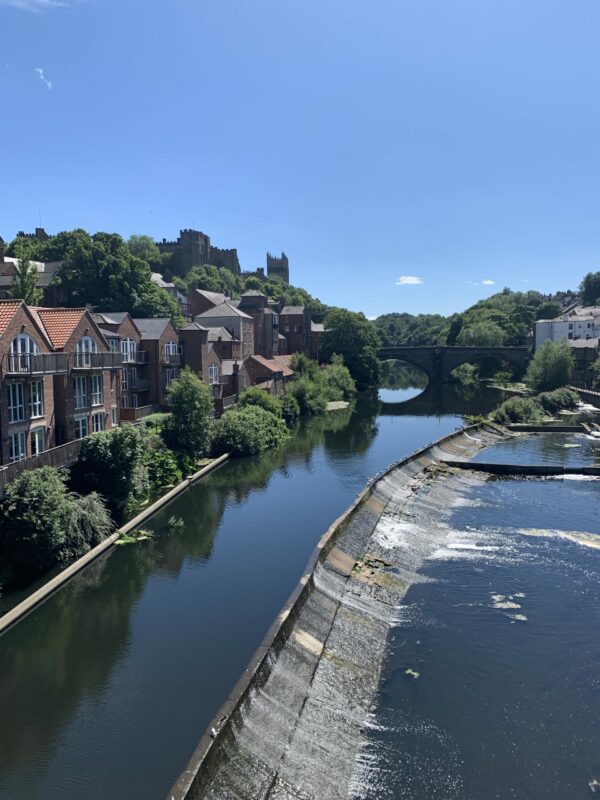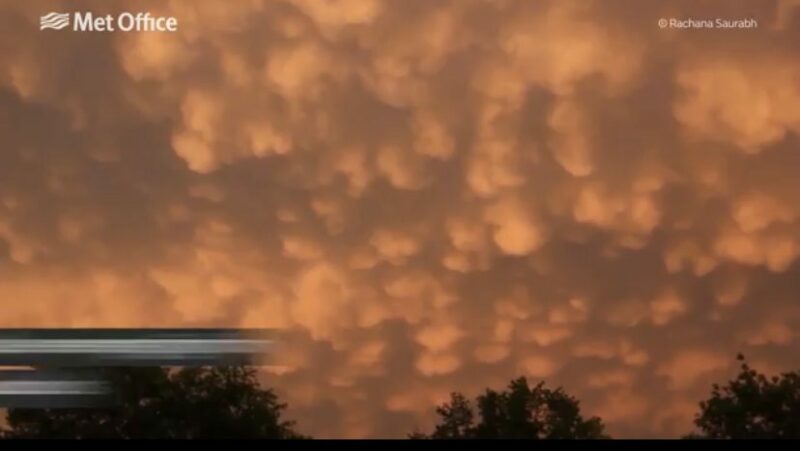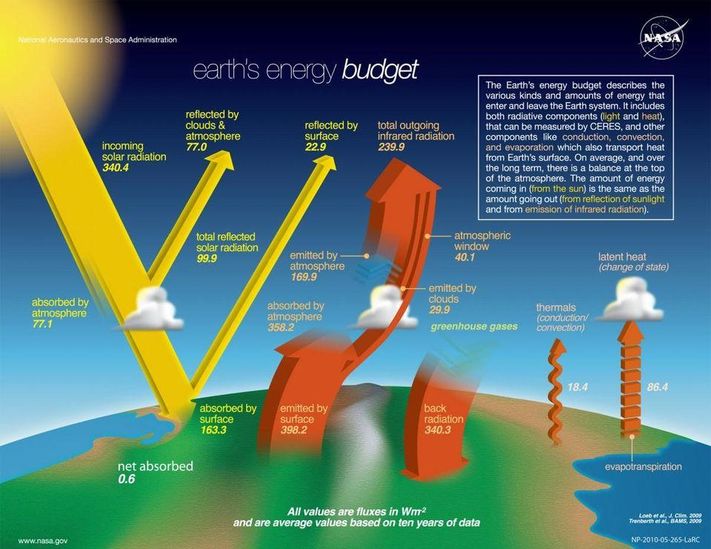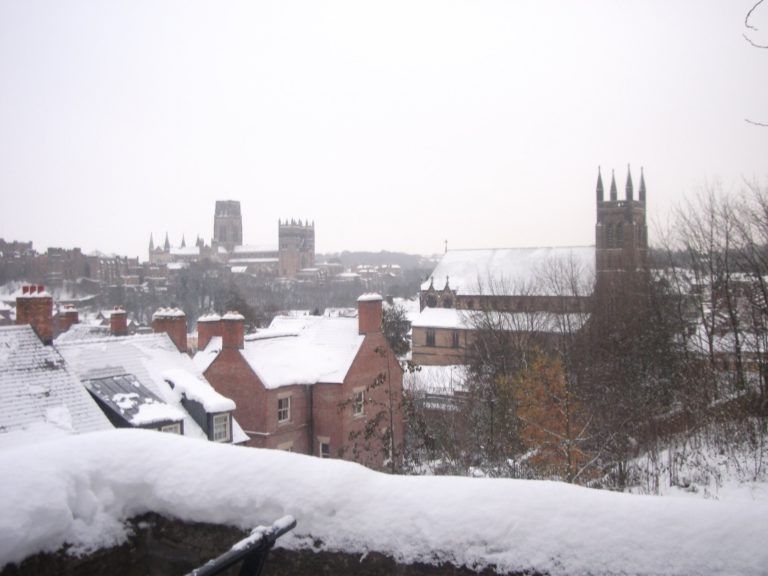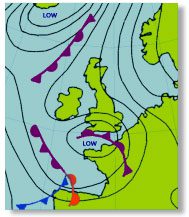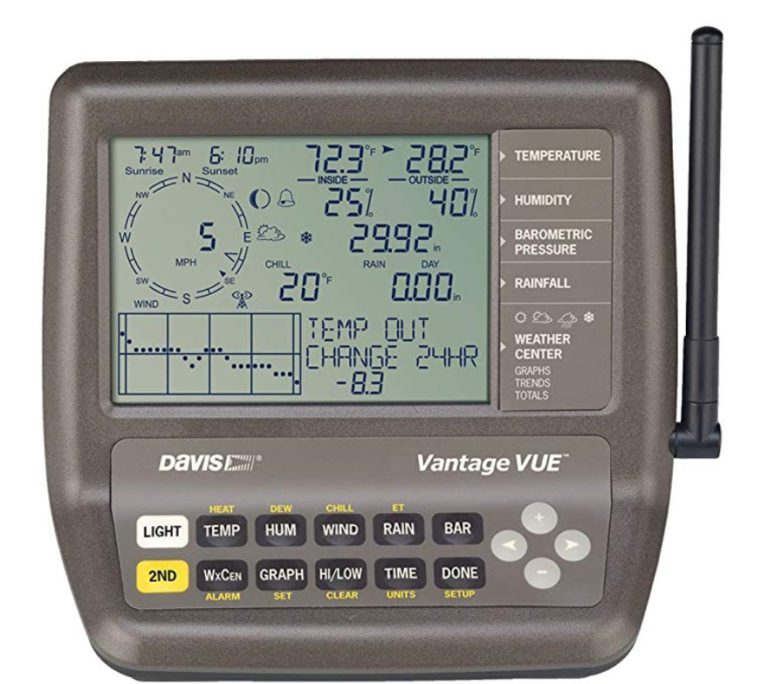July 2022 Weather in Durham – Record Breaking Heat
Into the furnace we went! The start of July 2022 was relatively cool and mainly cloudy, with short periods of rainfall being typical in the first week, although quantities were small. The 6th was a windy day for July. Temperatures then began to rise after the first week, with some forecasts indicating a spell of very hot weather around 17th. …
